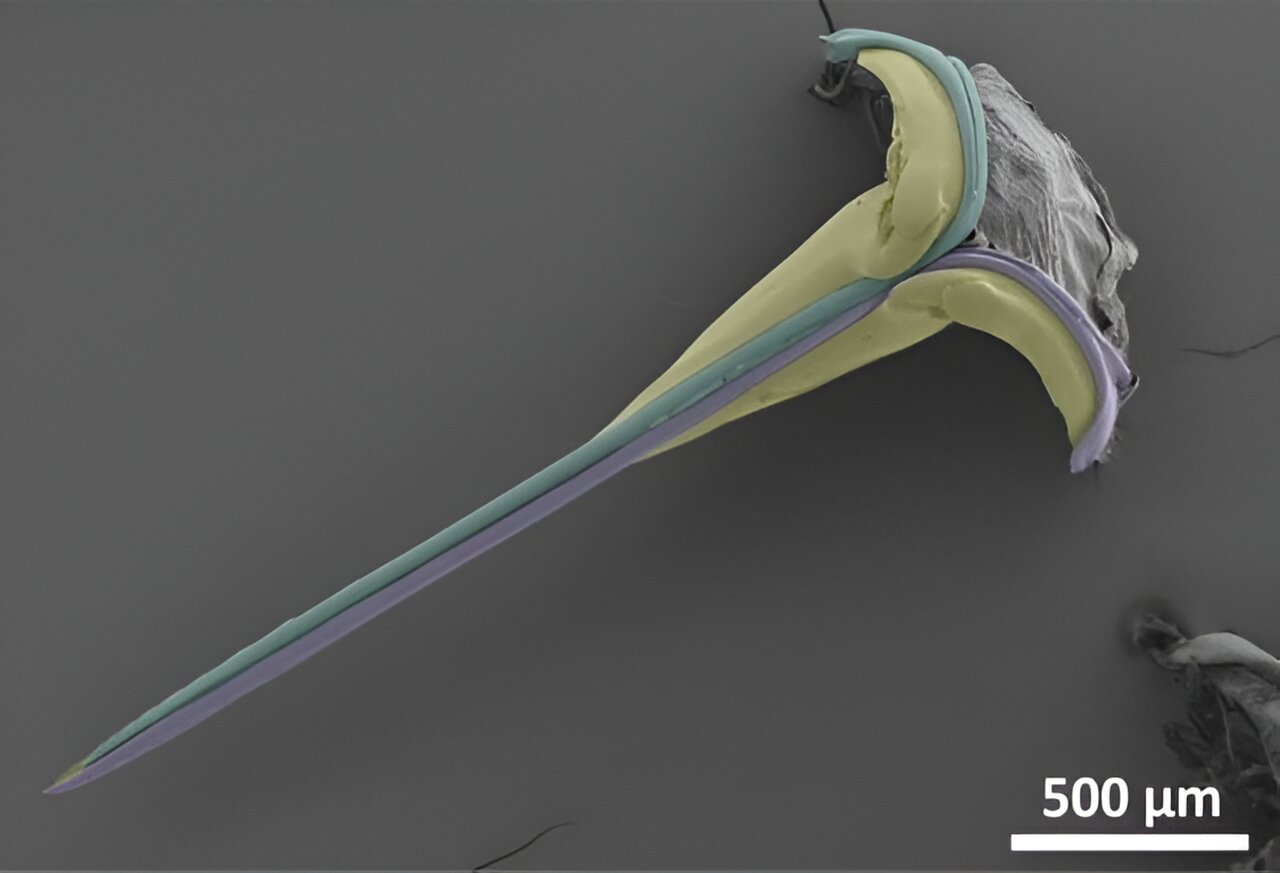Deconstructing the bee stinger to develop tiny, bio-inspired medical devices
Date: 18.8.2023
New research deconstructing the anatomy of a honeybee stinger could help pave the way for a future generation of miniaturized medical devices used for drug delivery in humans.
 Published in the journal iScience, the high-resolution 3D deconstructions produced by University of New South Wales Canberra researchers reveal the unique properties of the bee's powerful defense mechanism, including the numerous barbs responsible for why the stinger is able to work its way deeper into the skin while pumping venom after stinging.
Published in the journal iScience, the high-resolution 3D deconstructions produced by University of New South Wales Canberra researchers reveal the unique properties of the bee's powerful defense mechanism, including the numerous barbs responsible for why the stinger is able to work its way deeper into the skin while pumping venom after stinging.
According to lead researcher, Associate Professor Sridhar Ravi, the autonomous delivery mechanism of the bee stinger has numerous characteristics that could help researchers develop small-scale and minimally intrusive medical devices in the future.
"We have never before produced images with this level of detail, and they have given us tremendous new insights into the functions of the bee stinger," A/Prof. Ravi said. "Because of these clearer and more precise images, we have uncovered potential opportunities in medical micro drilling, micro-pumps and much more targeted drug delivery."
"Previous studies have shown that a bee stinger is very good at piercing skin with minimal force, but it is very hard to remove once it is embedded," A/Prof. Ravi said. "This is a really useful property for medical devices that need to be very precisely inserted without damaging surrounding tissues."
Image source: Fiorella Ramirez Esquivel.























